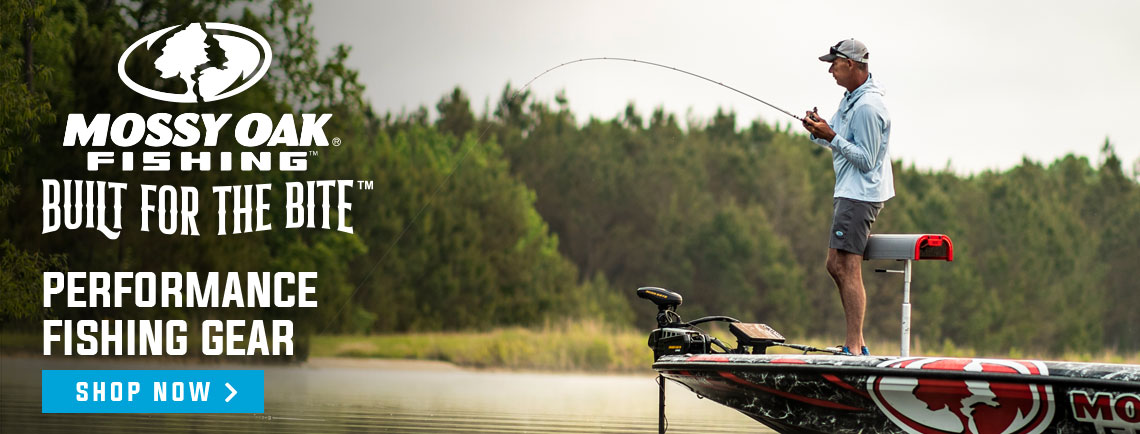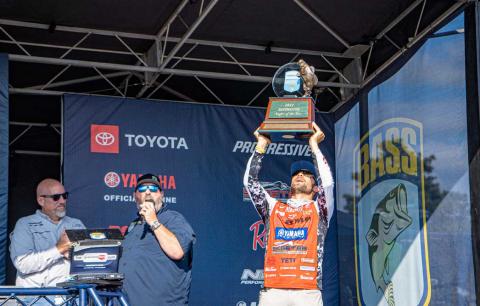Phillip Gentry
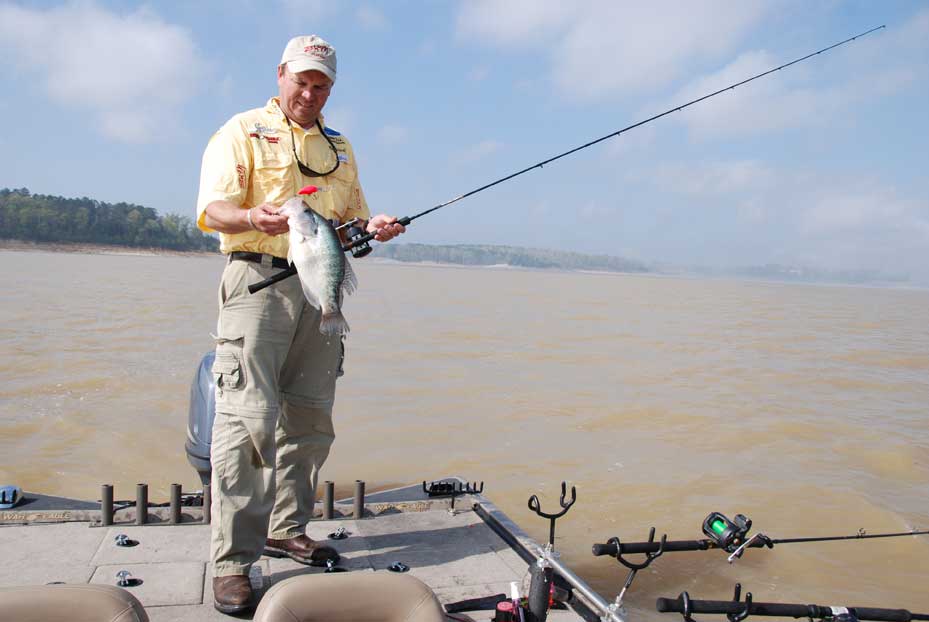
Late summer/early fall is a great time to target crappie using crankbaits. If you are not familiar with the tactic, crankbaiting can be performed in one of two methods that crappie anglers may be more familiar with – long line trolling or tight-line trolling, however, the most popular is long lining.
Long lining crankbaits requires a bit more coordination of effort than longlining jigs. Most crankbaits are rated for diving to a prescribed depth, so it’s important to present crankbaits at the proper speed, distance out, and spacing to achieve that depth.
It starts in the boat. Although kicker gas motors or the main outboard motor can be used for trolling crankbaits, a strong 24 – 36-volt variable speed trolling motor is the preferred method of propulsion to sustain 1.8 – 2.5 mph trolling speed for an entire fishing trip.
Rod holder placement is another important aspect of crankbait trolling and should allow the angler to deploy the desired number of rods (6 – 8 rods is common), without crossing and hanging lines. Rods should be angled to be parallel with the water, both to achieve spread of the baits and to keep wind or wave action from introducing slack in the line.
Choose rods of varying lengths, starting with the shorter rods closer to the stern and increase length as you move toward the bow. Mirror one side of the boat with the other in rod placement. An example could be a 6-foot rod straight off the bow, an 8-foot rod on the corner, a 10-footer perpendicular to the gunnel and then another 12-foot rod just forward of that.
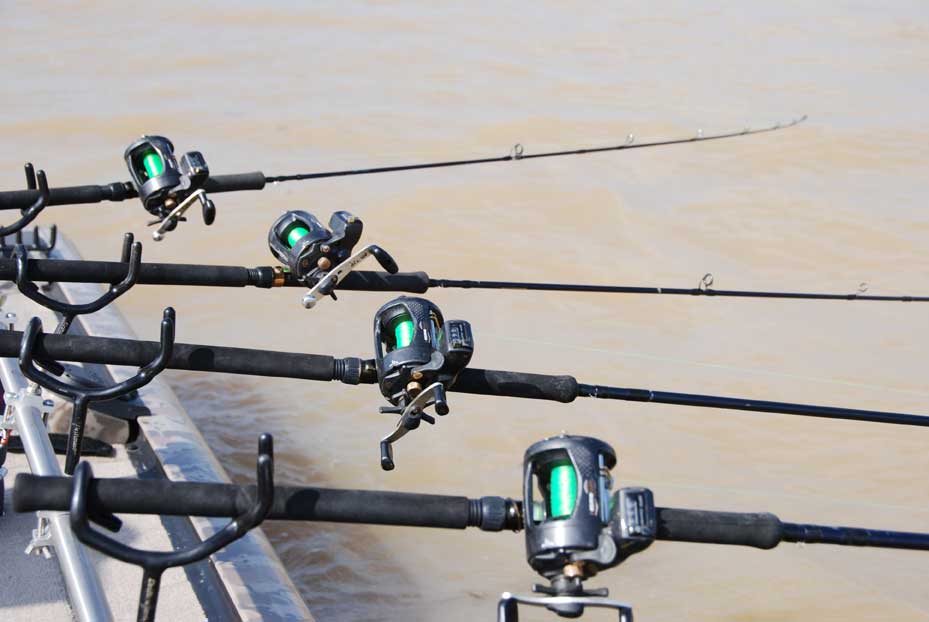
CRAPPIE FISHING TIPS WITH REAL TIME/FORWARD FACING SONAR
Because the diameter of fishing line used is a factor in depth of presentation, most anglers choose a balance of low diameter line with test strength in the event the crankbait hangs on structure and can possibly be retrieved. Since trolling crankbaits en masse is more of a reaction strategy and fish generally attack from below and behind the bait, line visibility is not as big an issue with crank baiting as for long lining jigs. As such 15-pound mono and 20-pound braid are both popular line choices when crank baiting.
Line distance out is another determining factor in depth so using line counter, baitcasting reels can be a big assistance in pulling crankbaits. With line distance, reverse the order of rod length so that the shorter rod to the stern has more line out than the longer rods with the longest rod being the shortest distance out.
An example of this could be 120 feet out for the 6-foot rod, 110 feet for the 8-foot rod, 100 feet for the 10-footer, and 80 feet for the 12-foot rod.
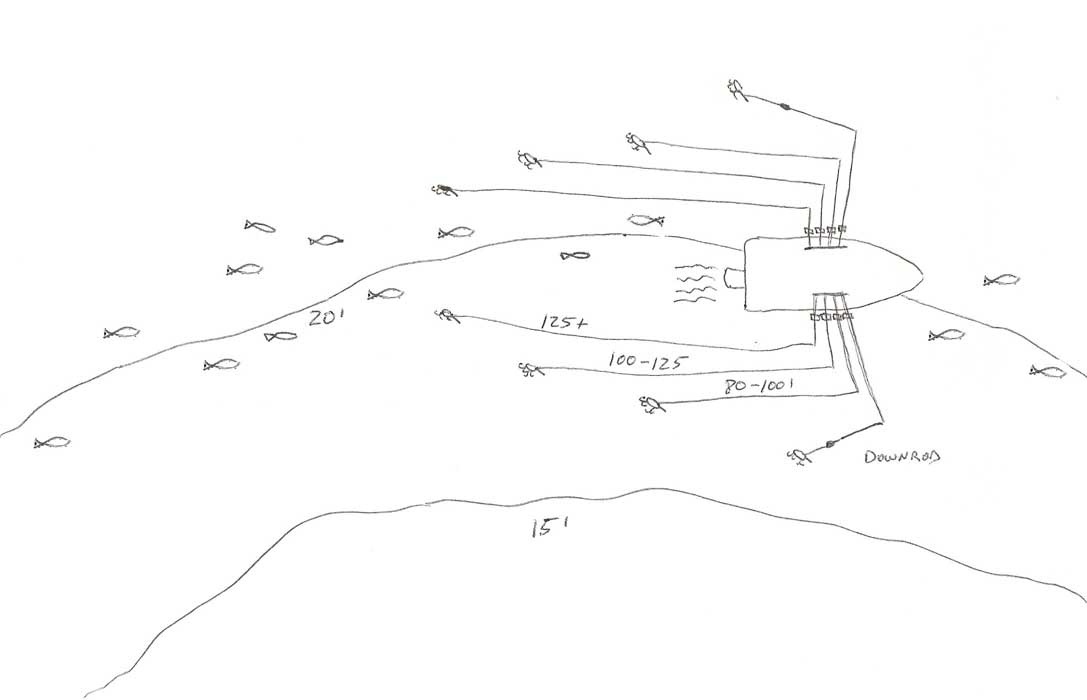
Turning the boat with such an arrangement should be done with gradual sweeps to keep the lines from crossing. Unlike longlining crappie jigs, a crankbait will generally hang another line if it crosses it. One reason to vary the distances out is so that baits run at different depths and will not hang another line during a gradual arcing turn.
At the terminal end of the line is the crankbait. A variety of crankbaits are made specifically for trolling for crappie. The typical crankbait suitable for crappie fishing may be 2 ½ inches up to 3 ½ inches although larger baits are often used successfully. Crankbaits designed for crappie fishing tend to run in more brilliant colors than would be used for bass or striper fishing, again to trigger the reaction bite and when used in dingy or even muddy water.
Of note when deciding whether or not trolling crankbaits is an appropriate tactic for you is to research the species of crappie that inhabit your waters. Black crappie can be caught on crankbaits, but the tactic has been used much more successfully on waters where white crappie are predominant and have a tendency to suspend up in the water column above structure and water temperature changes and flows.
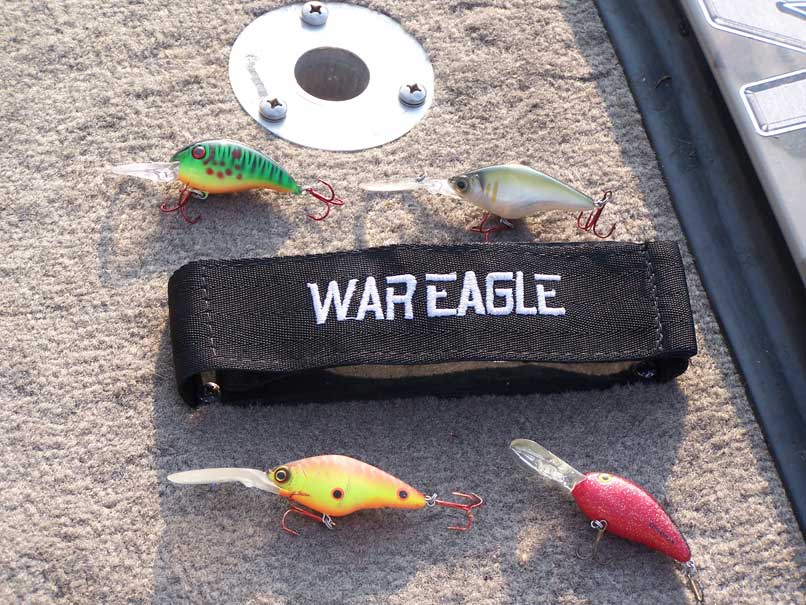
Many anglers choose a subtle break line on a mid or deep water flat where bait is present and dissect the area trolling crankbaits. A bite is easily detected as the hooks grab into the fish and will generally double the bow in the rod.
Landing a hooked crappie, particularly in the middle set is best achieved by holding the rod tip high until the fish comes to the surface. Continue regular trolling speed even when a fish is on. This will create a “water-ski” effect with the fish at the surface with its head up. Quickly reel the fish through the lines, keeping it within the proper lane between other lines.
Land every fish in a long-handled net as most lost fish occur right at the boat when the fish shakes its head after hooks have become partially dislodged on the way to the boat.

